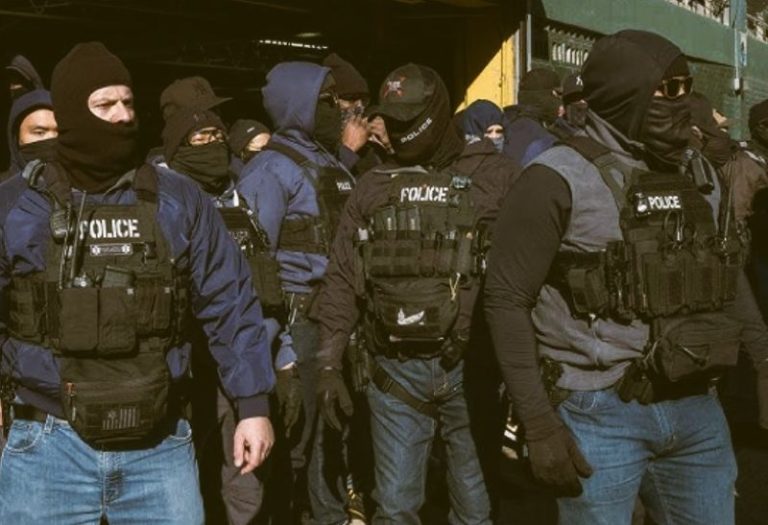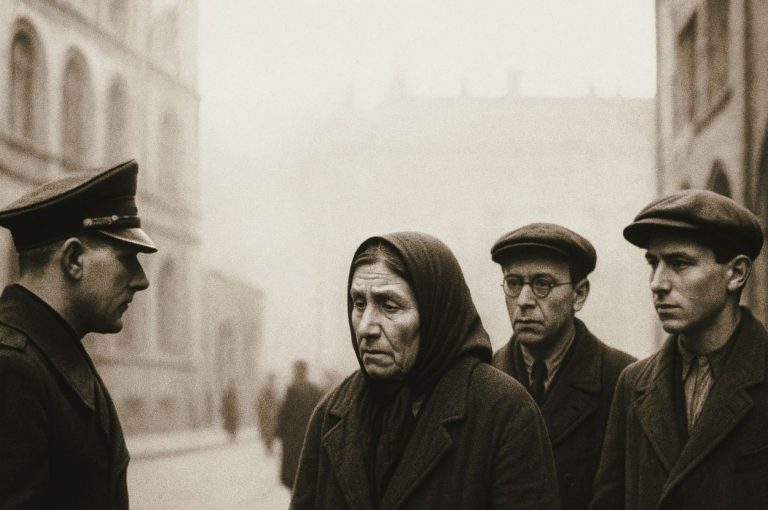

The dark side of Trump’s U.S. immigration policy: commodifying human lives.
By Rajiv Narayan
Alliance of South Asians Taking Action
“Prism is an independent and nonprofit newsroom led by journalists of color. We report from the ground up and at the intersections of injustice.”
When Indian Prime Minister Narendra Modi visits the White House this week, he will be among the first foreign leaders to have an audience with President Donald Trump after his reelection. The timing is significant. Modi’s visit comes one month after a “MAGA civil war” on the H-1B program and weeks after multiple executive orders attacked immigrants. Reports suggest that India is seeking to preserve its access to the H-1B program, student visas, and financial favors by facilitating the deportation of 18,000 Indians from the U.S. But this trade-off lays bare the rotting core of our immigration system. Backroom deals that commodify human lives—trading “good immigrants” for “bad immigrants”—are no substitute for meaningful policy change.
Despite the media casting Indian immigrants as success stories for the American Dream, Indian immigration to the U.S. is more complex. It is true that the H-1B program, known for allocating high-tech jobs to highly educated workers, is mainly composed of people of Indian origin. At the same time, Indians today make up the third-largest and fastest-growing undocumented population, numbering more than 725,000 people. Many South Asians, particularly Sikhs, Muslims, Christians, and Dalits in India, seek asylum due to religious persecution growing under Modi’s Hindu nationalist government. And overall, more than 1.2 million Indians, including their dependents, are waiting in line for green cards.
Instead of approaching these various immigration pathways as a whole, powerful interests often pit Americans against recent immigrants and immigrants against one other. For example, critics of the H-1B program recently complained that it takes jobs away from American workers. Tech multimillionaire and aspiring Republican leader Vivek Ramaswamy talked down to these critics, observing that “culture” is the driver and implying that H-1B workers come from societies that venerate education, grit, and achievement. However, this is a false binary, which presumes that some groups are superior without accounting for the effects of intergenerational wealth, class, and caste, or access to academic and job supports. Ramaswamy’s rant also invoked the model minority myth, which wrongly casts the entire Asian population as people who do their work, keep their heads down, and achieve the American Dream that eludes others who just don’t try hard enough.
Success can elude H-1B workers too. Since employers sponsor H-1B visas, employees can lose their sponsorship if they stop working for any reason, including discrimination, low wages, or a hostile work environment. H-1B workers who lose their sponsor and fail to find another sponsor or alternative immigration status within 60 days must leave the country. An H-1B worker’s precarity can dampen their willingness to join a union, report workplace misconduct, or even ask for a raise. Indeed, although the law requires paying H-1B workers no less than the actual wage paid to similarly employed individuals, reports have found rampant wage theft by employers that use H-1B programs. The result is that American workers often lose out on jobs because employers can hire H-1B workers for far less. So, we are left with bleak labor and workplace conditions for all workers, whether U.S.-born, naturalized, or visa-holder.
Recognizing these complex challenges, people from Ramaswamy to Sen. Bernie Sanders have called H-1B workers “indentured servants.” My ancestors, who were among the 1.3 million Indians indentured to British colonial plantations in the 19th century under cruel and inhumane conditions, might have seen that comparison as fraught. One similarity they would recognize, however, is that migrant workers continue to be manipulated to exploit other migrants and workers. Indentured Indians were co-opted by British colonists and planters to undercut emancipated Africans shortly after the enactment of the British Slavery Abolition Act of 1833. Today, it is H-1B workers who have so much to offer but who are nonetheless exploited and instrumentalized to exploit others, whether homegrown workers with citizenship status or fellow Indians who are undocumented.
Instead of reforming the H-1B program, the Trump administration seems to be using it as a carrot to reach its primary objective of mass deportation. But ejecting undocumented Indians to salvage the H-1B program promotes a false solution to a false dilemma. Many H-1B workers can fall out of status themselves: For example, during the pandemic, news reports indicated that H-1B workers lost their jobs when companies shut down and couldn’t find another sponsor within the 60-day grace period. The impact also reaches H-1B families. Spouses on H-4 visas and dependents who face domestic abuse might be forced to choose between undocumented status and remaining in an unsafe home.
The underlying reasons that drive South Asians to seek unauthorized entry into the U.S. are directly tied to the inequities of the immigration system. The wait for green cards can take multiple lifetimes, many lose their immigration status on the whim of an employer, the asylum system is dysfunctional, and there is a thriving market for immigration scams that promise lawful entry but deliver no such thing.
In advance of Modi’s visit, Indian lawmakers raised their concerns about the mistreatment of undocumented Indians on a recent military deportation flight. Reports indicate that over 100 undocumented Indians—men, women, and children alike—were transported to Punjab via a U.S. military plane. Some were handcuffed and shackled the entire time.
The question now is how American lawmakers will respond. In 2022, the Equal Access to Green Cards for Legal Employment (EAGLE) Act represented one starting point for immigration reform. Although the conditions for policymaking have since changed, what remains true is that mistreating and trading one group of immigrants for another won’t secure any meaningful change. On the other hand, real reform can offer an opportunity to reject divisive narratives, unfair practices, and unjust policies that exploit all workers.
Originally published by Prism, 02.13.2025, republished with permission.


